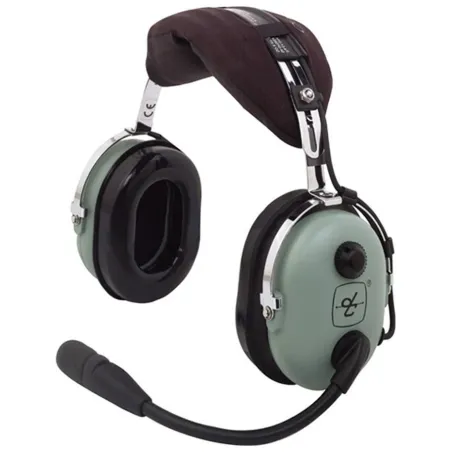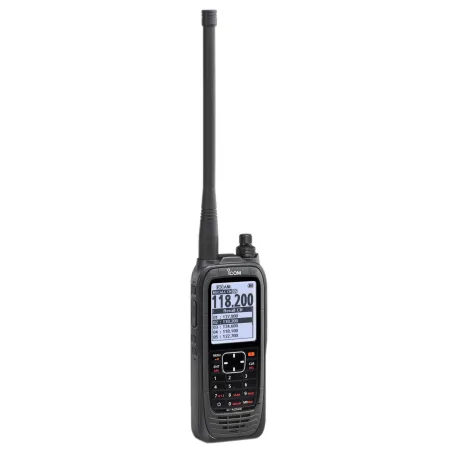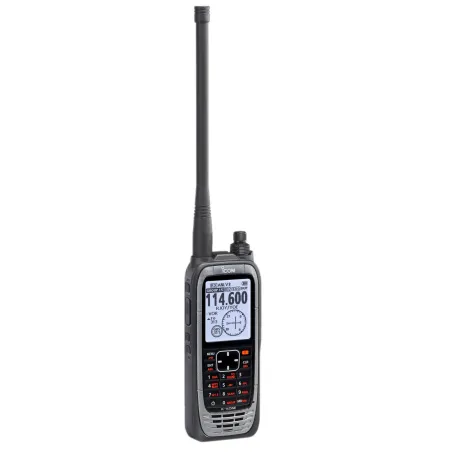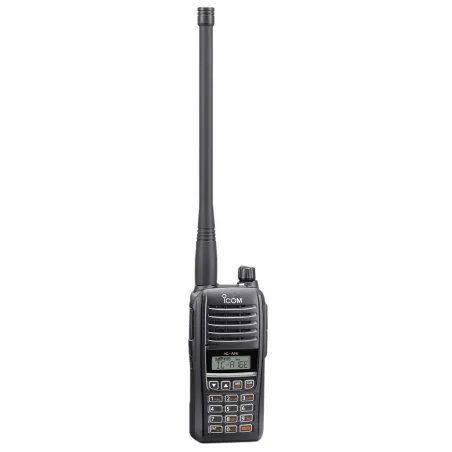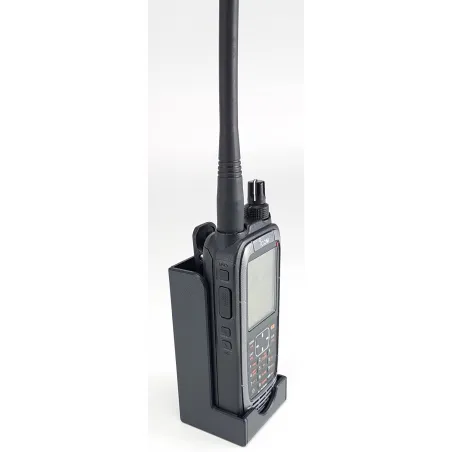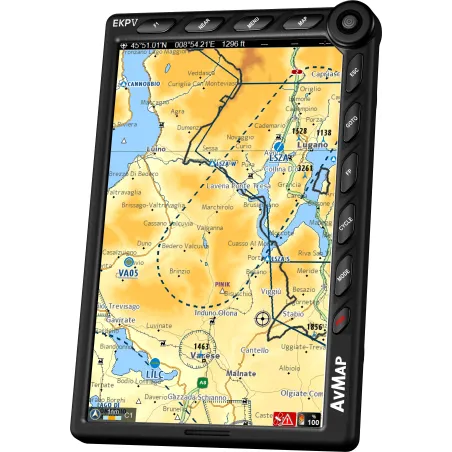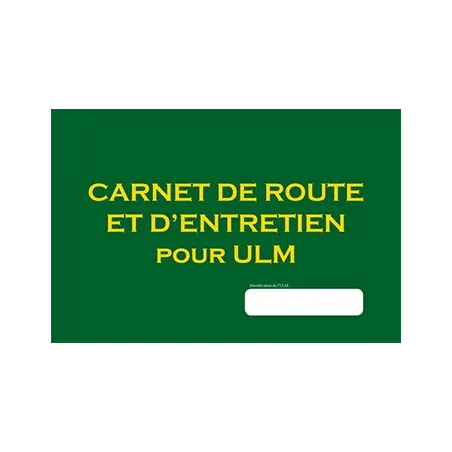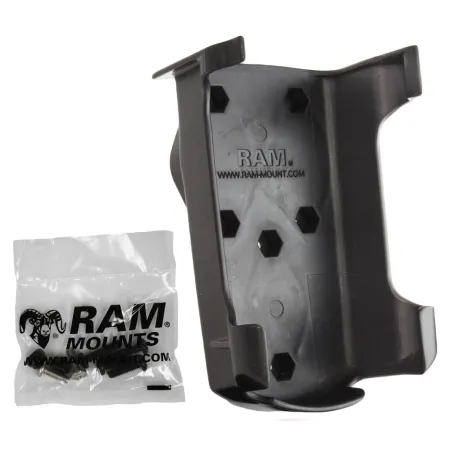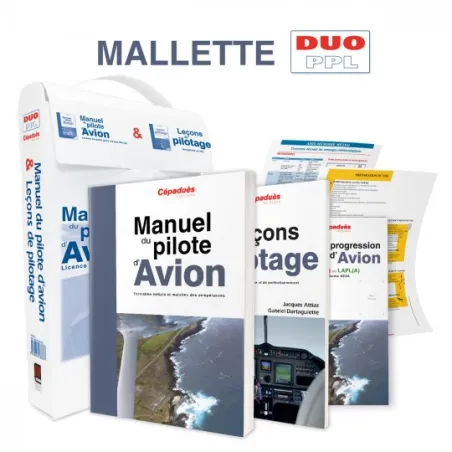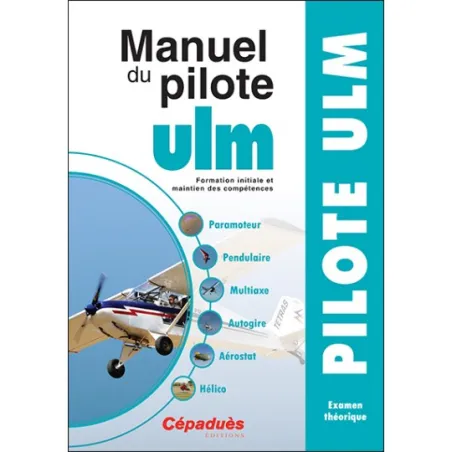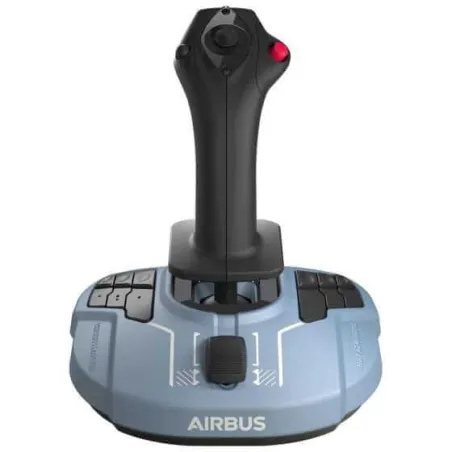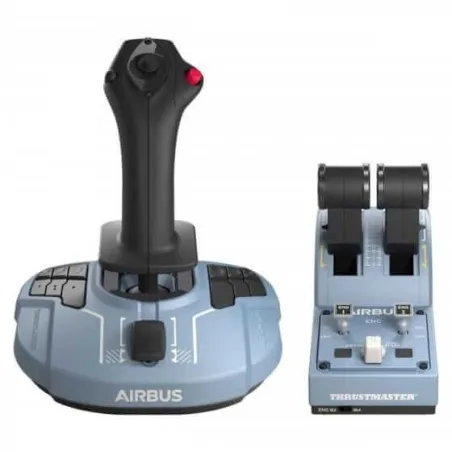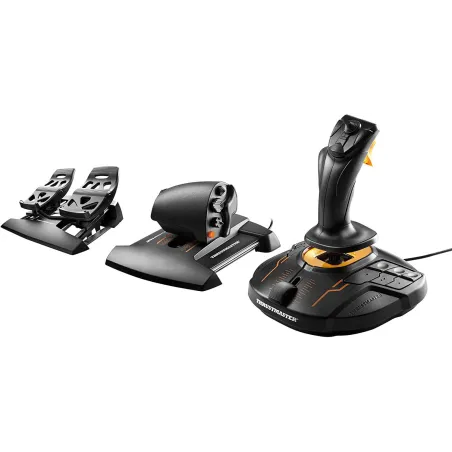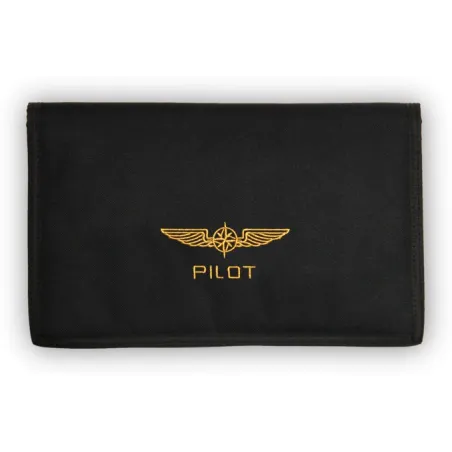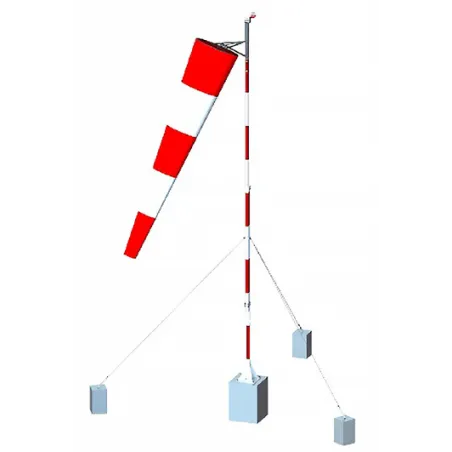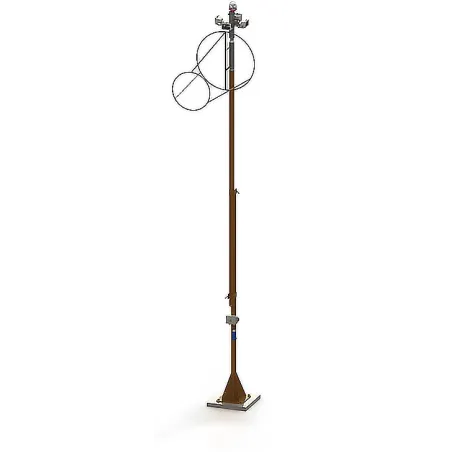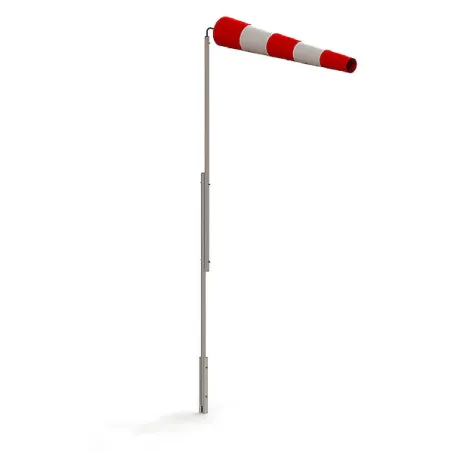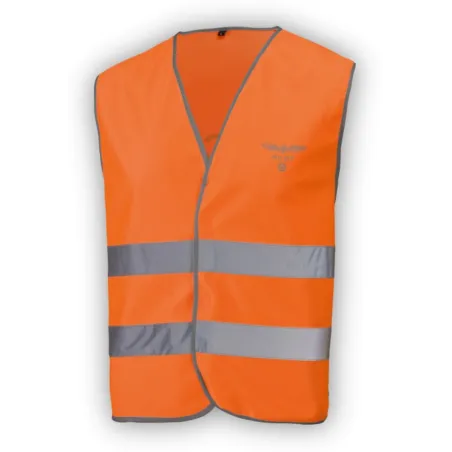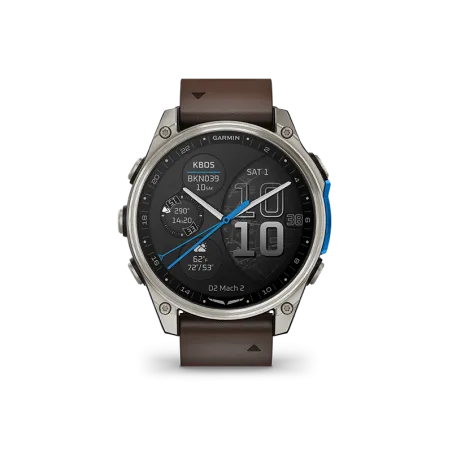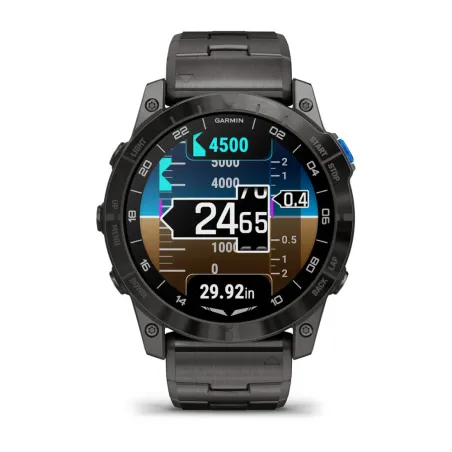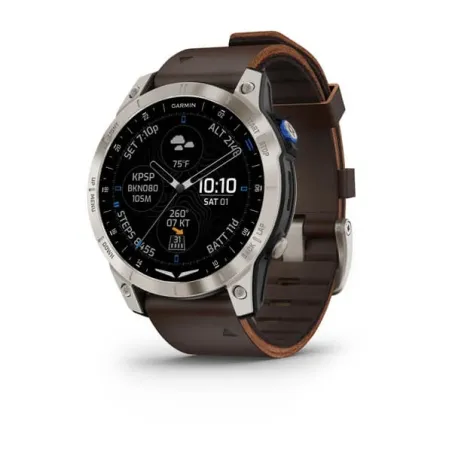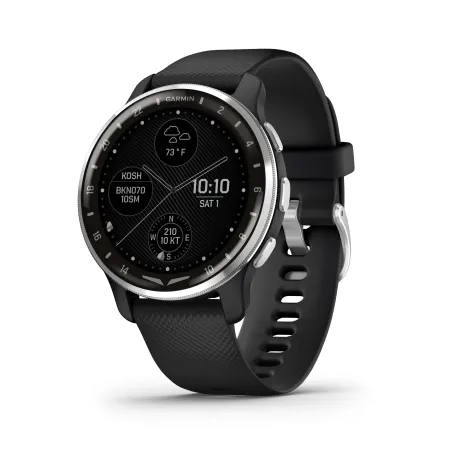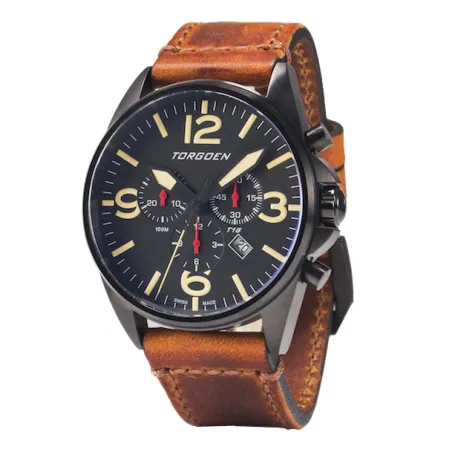Portable aviation radio: an alternative for which uses?
Categories :
BAYO
In your small aircraft – airplane or even microlight – you are pretty much cut off from the world, suspended in the air, only able to see the human activities you are flying over from a great height. Of course, if it’s just a quick trip around a small, rarely used aerodrome where you’ll be resting an hour or two later, it may seem unnecessary to remedy this isolation.
But as soon as you aim to fly a little farther, with a somewhat larger aircraft, in a busier airspace, it is wise, even essential, to equip yourself to communicate with the outside world. Fortunately, these tools have existed almost since the dawn of aviation. You are undoubtedly familiar with them: we are, of course, talking about the radio.
In aviation, it has multiple uses, used for communications between pilots as well as with ground station personnel. It is used for weather information, air traffic control exchanges, and even – more importantly – for emergency or distress messages.
In addition to this primary communication tool to the outside, let’s not forget that your aircraft can also be equipped with an Intercom system for communication inside the aircraft.
And let’s not forget one last onboard system that you won’t need to manipulate: the transponder, which automatically emits information allowing radar stations to identify and geolocate you, especially if you are crossing a monitored airspace.
1. Prefer Fixed Radios for Aviation
It almost goes without saying that fixed radios, installed and integrated into the aircraft’s cockpit, should be preferred for their superior quality and reliability over portable radios. More durable, more powerful, they are also controlled and certified within the regulatory framework and are therefore recommended for daily or extended use.
You’ll appreciate, for example, the undeniable qualities of the ICOM iC-A220T onboard radio, with its high visibility and functions such as automatic reduction of ambient noise, integrated intercom for two headsets, automatic channel memory…
Let’s remind you, even though it’s basic knowledge for any trained pilot, that these channels will range between 108 and 137 MHz, the VHF (very high frequency) band allocated for aviation communications.
2. Aviation Portable Radios Also Have Their Use
While the general consensus is that portable radios do not have a place as the primary communication source, there are cases where a portable device can also be useful.
First of all, many small aircraft still don’t have an onboard radio system. We’re talking about home-built ultralights or lightweight sport aircraft. Some were even designed without an electrical system.
In these cases, for safety and flight comfort reasons, it is highly recommended to bring your own equipment. Even if it’s a little less powerful or reliable than a fixed radio, it’s clear that a portable radio is better than no radio at all.
Other, rarer scenarios can justify having a portable radio in your pilot’s kit, even if your aircraft is equipped. For example, imagine you need to assist an aircraft that failed to take off. Having a functional radio with you, which will follow you on the ground, can be useful for communicating with other aircraft or air traffic control. The case is exceptional… but it has happened before.
Likewise, if your fixed equipment is perfectly reliable and certified, you’ll appreciate having a backup system in case of failure of your primary system.
3. Which Portable Radio to Choose?
When it comes to the brand, there’s no hesitation: you’ll go with ICOM, the reference and, unsurprisingly, the market leader, known for the reliability, quality, and flexibility of its equipment.
Three models are available, starting with the standard version, IC-A25 CE FR II.
For a high-end version with interesting features, prefer the IC-A25 NE FR, which includes Bluetooth and GPS or VOR navigation; this will allow you to connect your radio to an app where you’ve entered the flight plan and added waypoints.
These two devices have a major distinction: as indicated by the FR in their reference, they are the only ones on the market to have received approval from the DGAC and can be used, under certain conditions, as the primary radio for a microlight and various types of aircraft – but of course, as you’ve understood, not for an airplane.
Our last reference, the IC-A16E, is for ground personnel only: ground agents, maintenance personnel, baggage handlers, support staff… Used by professionals, it is also very functional and equipped with Bluetooth.
4. Important Accessories for Using Radios
A range of accessories will be useful, even necessary, to use your portable aviation radio. On your shopping list, you’ll include a Lithium battery IC-A25 or IC-A16E, an adapter IC-A25 or IC-A16E to connect your headset of choice.
Finally, if you’ve chosen an IC-A25, a cigarette lighter charger might come in handy, as well as the mounting bracket for your radio.
You are now prepared for all eventualities, ready to take off in an environment that is increasingly secure. Perfect for fully enjoying your flight!
Share this content
Please log in to rate this article






